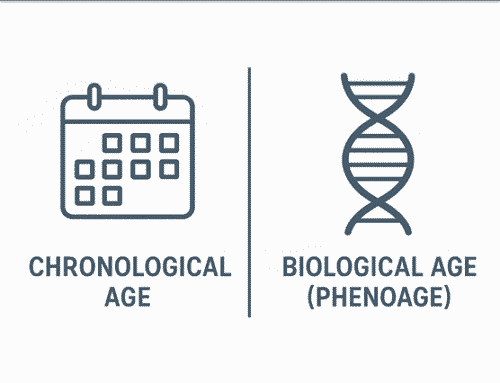Exercise and Wellbeing: Why Movement is Essential for a Healthy Life
Your body is the only one you get, and taking care of it requires time, care, and commitment. Exercise isn’t just about fitness goals or resolutions — it’s about creating a lifestyle that supports your physical, mental, and emotional wellbeing for the long run.
When most people picture exercise, treadmills or barbells come to mind. But true movement includes so much more: biking, hiking, swimming, kayaking, dancing, sports, or simply walking outdoors. The key is to find an activity you enjoy, so it becomes something you look forward to rather than a chore on your to-do list.
The Mental Health Benefits of Exercise
Exercise is one of the most powerful natural tools for improving mood and brain health. Even a daily 30-minute walk has been shown to decrease anxiety, depression, fatigue, and stress. Regular activity also boosts creativity, confidence, energy, and sleep quality — helping you feel happier and more resilient day to day.
How Exercise Strengthens the Body
Beyond lifting mood, exercise strengthens your physical foundation. Consistent activity improves flexibility, balance, and range of motion, while also building stronger muscles and bones. It supports brain health, bolsters your immune system, and even slows down the aging process — helping you maintain independence and vitality as you age.
Exercise Reduces Health Risks
One of the biggest benefits of exercise is its protective effect on long-term health. Regular physical activity lowers the risk of heart disease, diabetes, high blood pressure, and stroke (CDC). It also helps regulate cholesterol, improves circulation, and promotes overall cardiovascular wellness — adding years of quality life (Harvard Health Publishing).
Exercise and Weight Management
Exercise plays a role in weight management, but the benefits go far beyond the scale. Carrying less weight eases pressure on the joints, reducing discomfort and risk of injury. Many patients notice improvements in mobility, reduced pain, and a stronger sense of overall wellbeing as their body adapts to healthier movement patterns.
19 Simple Ways to Keep Moving Every Day
If structured workouts feel overwhelming, don’t worry. It doesn’t have to be complicated. Daily movement doesn’t always require a gym — it can be built into your routine in simple ways. Here are 19 easy strategies to help you move more and feel better:
Park farther away to get extra steps.
Walk around the store or office for a quick movement break.
Turn household chores into exercise — vacuuming, mopping, sweeping.
Stretch during TV commercials.
Always take the stairs when possible.
Walk or bike instead of driving when distance allows.
Stand while making phone calls or waiting.
Cook at home — it keeps you moving and rewards you with great food.
Dance at home or go out and move to music.
Try gardening — it’s light movement with big rewards.
Stretch while waiting (coffee brewing, water boiling, etc.).
Suggest walking meetings at work.
Use a stability ball instead of a chair for subtle core engagement.
Drink more water — your bathroom breaks equal more steps.
Take a short walk while waiting at appointments.
Play active video games that encourage movement.
Skip the drive-thru and walk inside instead.
Use a standing desk to reduce sitting time.
Try simple exercises while sitting, such as glute squeezes, grip strengtheners, or a desk elliptical.
How Chiropractic Care Supports Exercise and Recovery
Chiropractic care and exercise go hand-in-hand. A properly aligned spine, hips, and joints allow your body to move more efficiently, reducing the risk of injury and improving performance. Chiropractors can also help identify underperforming or strained muscles, restore proper function through adjustments or trigger point therapy, and support overall recovery. This means you can get the most out of your workouts — safely and effectively.
Works Cited
Mayo Clinic Staff. “Exercise: 7 Benefits of Regular Physical Activity.” Mayo Clinic, 26 Aug. 2023, www.mayoclinic.org/healthy-lifestyle/fitness/in-depth/exercise/art-20048389



I truly appreciate your technique of writing a blog. I added it to my bookmark site list and will